ORGANOID TECHNOLOGY
Identification of stem cells in small intestine and colon by marker gene Lgr5
Nature, October 2007
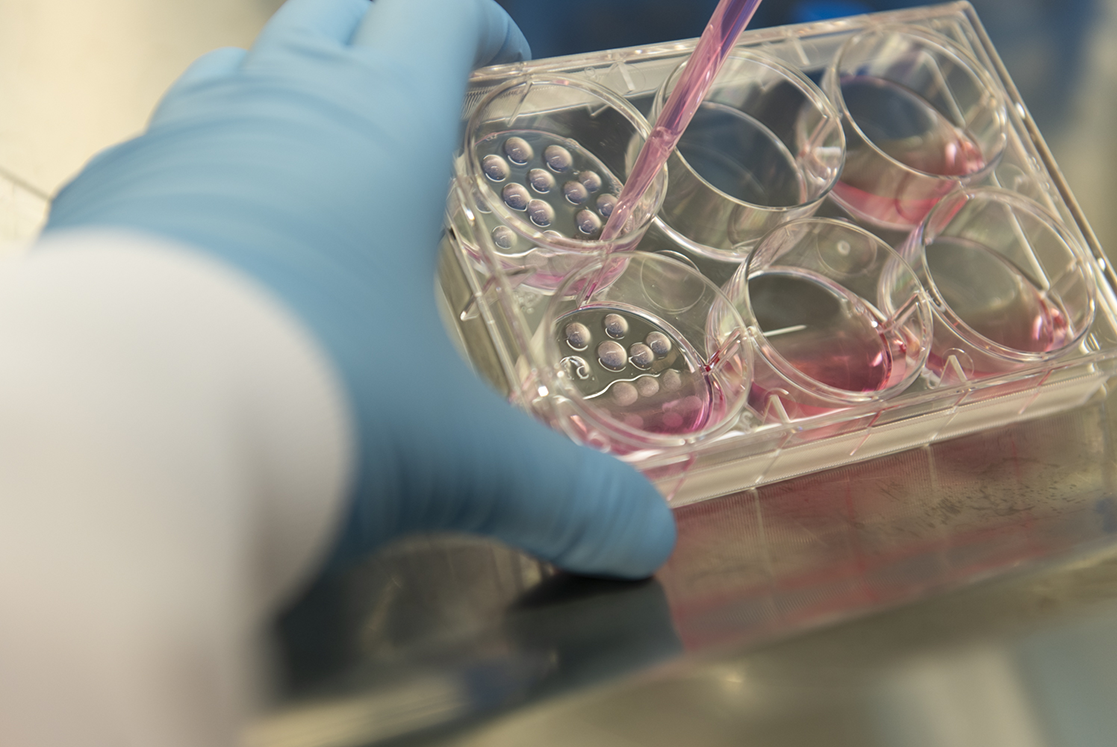
Our IP-protected technology, rooted in the groundbreaking discovery of Lgr5+ stem cells in the adult intestine, has revolutionized drug development by enabling the creation of patient-derived organoids from virtually any epithelial organ. These Lgr5+ Stem Cell-Derived Organoids, developed without the need for reprogramming or transformation, faithfully preserve the genetic and epigenetic makeup of the original tissue, including clinically-relevant mutations. This unique capability allows for the development of both healthy and diseased organoids, providing unparalleled tools for preclinical drug screening, disease modeling, and personalized medicine. With optimized protocols standardized across various organs and disease types, our technology facilitates the creation of living biobanks that are genetically stable, expandable, and cryopreservable, empowering researchers to accelerate therapeutic discovery and predict patient-specific responses to treatments.

HUB Organoids receives recognition award for revolutionizing preclinical and clinical drug development through its cutting-edge organoid technology, enhancing its accuracy and efficiency.
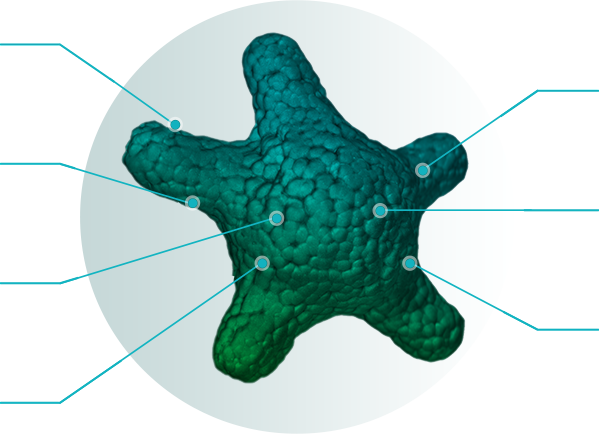
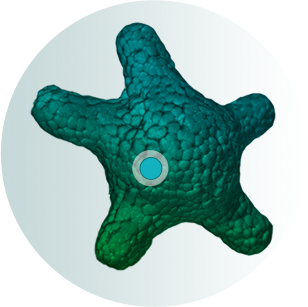
HUB Organoid Technology allows the development of genetically stable, patient-derived organoids that replicate the biology of healthy and diseased tissues. These ‘mini-organs in a dish’ preserve patient-specific mutations, enabling long-term culture and cryopreservation. With applications in oncology, inflammatory diseases, toxicology, and more, our organoids provide predictive insights into patient responses, reducing drug attrition and advancing precision medicine.
Over the years, we have maintained a vast collection of established patient-derived organoids from different species, organs, and human pathologies. To uphold the utmost quality, our organoid models are subjected to rigorous quality control protocols, ensuring their thorough characterization through DNA- and RNA-seq analysis. Our organoid models can be employed in our screening setup, services spanning from lead identification and optimization to co-clinical trials, enhancing the prospects of success during your clinical application.
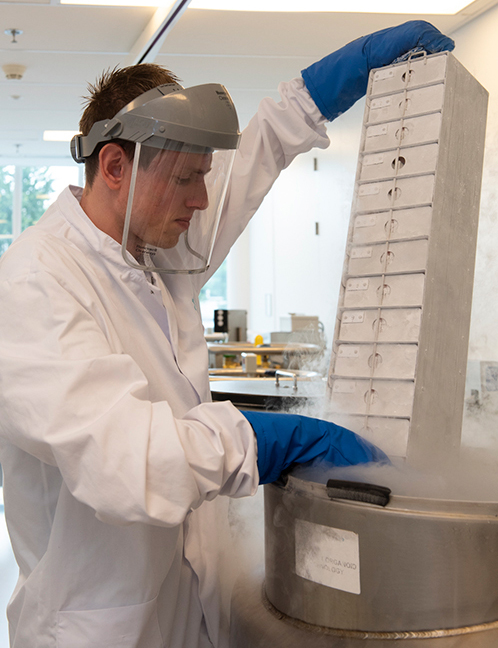

Reduce drug attrition and predict patient response with our preclinical services and clinical trials in a dish
Link
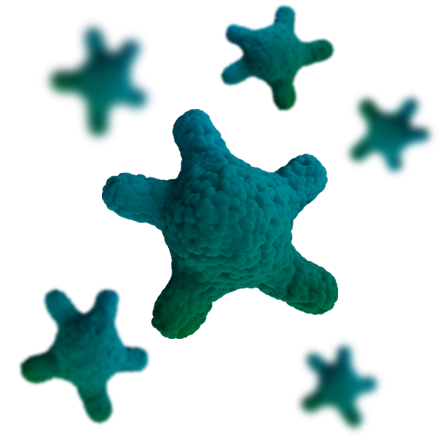
Decipher the complexity of the human disease with our custom model and assay development
Link
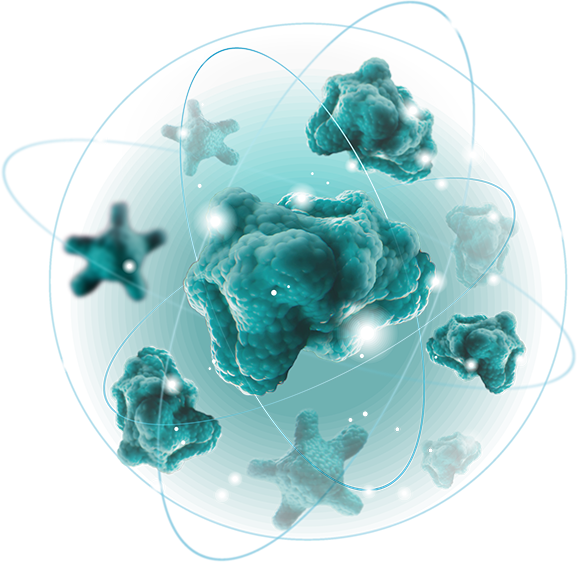
Bring HUB Organoid Technology and
knowhow in-house
Link
ORGANOID TECHNOLOGY
Nature, October 2007
ORGANOID TECHNOLOGY
Nature | May 2009
CYSTIC FIBROSIS
Cell Rep | February 2019